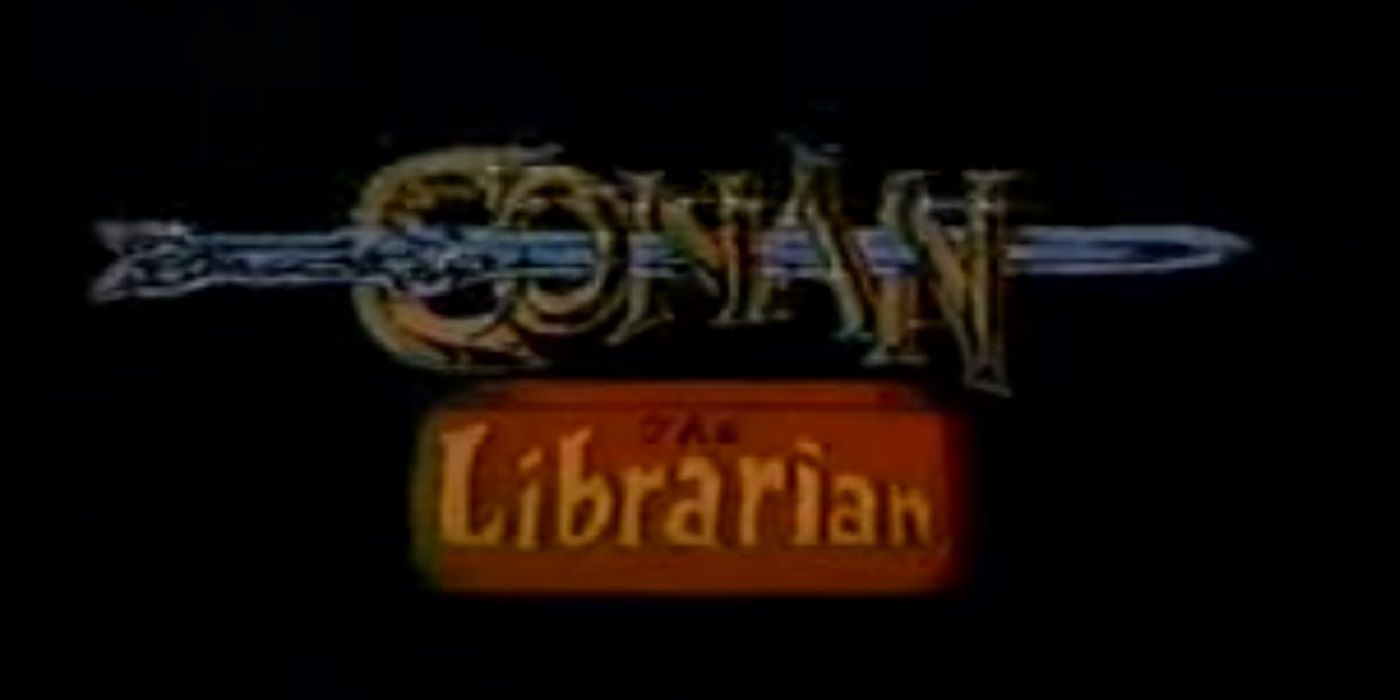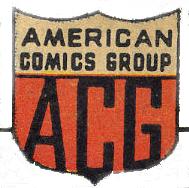Chapter 16
By 1986, the number of independent broadcast television stations in the United States had tripled from where it was a decade ago, to over 100 stations. Most of these stations were on the UHF band, since outside of the very few markets that were either big enough or dominant enough over remote areas (e.g. Anchorage, AK) to have more than five VHF station allotments all of the available VHF stations were affiliated with one of the four commercial broadcast networks or PBS. While these stations had traditionally relied on second-run syndication, cartoons, local sporting events and other local interest programming to fill out their schedules, the times were changing as the demand created by the sheer amount of stations that needed programming created new opportunities.
One of the results of this was an explosion of first-run syndicated programming. Syndication had been a method of distributing shows since the dawn of television, but had been primarily utilized for second runs of programs that had had enough episodes made to be distributed to stations to be strip-programmed, i.e. programmed in the same time slot for several nights in a week. The advent of the Financial Interest and Syndication Rules and the Prime-Time Access Rule in the 1970’s changed that. By limiting the interest that networks could have in the production of shows and taking the 7-8pm EST hour away from the networks for programming purposes, these rules made first-run syndication a more profitable proposition and set the stage for it to satisfy the needs of the independent stations for programming in the 1980’s.
In the mid-1980’s, Metromedia, the company formed by John Kluge when he purchased the former Bamberger Broadcasting station WOR-TV from General Tire when it bought DuMont, and then bought the other former Bamberger station WTOP from the Washington Post, was the most prominent owner of independent stations in the country, owning VHF independents in New York, Los Angeles, Chicago, and Washington/Baltimore, and UHF outlets in several more markets. Being the dominant independent station owner in each of the markets that it serviced gave Metromedia a strong interest in acquiring the strongest first-run programming on the market. It acquired comedies that had been cancelled by the networks like
Punky Brewster, Webster, and
WKRP in Cincinnati and dramatic shows such as
Friday the 13th: the Series, War of the Worlds, and
Freddy’s Nightmares.
It also produced its own shows, starting with the late-night program the
Merv Griffin Show, originally on CBS late-night from 1969-72 before CBS cancelled it and returned the time slot to its affiliates. Faced with declining ratings in the mid-80’s, Metromedia toyed with cancelling the show before seeing a significant ratings jump under guest-host Arsenio Hall. In 1987, Griffin agreed to retire and hand the show over to Hall, who would helm the show for seven years. Two other shows produced by Metromedia were
Cops, whose producers had tried unsuccessfully for years to get a network to pick up their show, and
America’s Most Wanted, which had been inspired by true crime shows in Germany and Britain.
Seeing the success that it had in distributing shows that it produced, Metromedia began to experiment with other ways of creating programming, partnering with studios to produce programs that it would then redistribute to other independent stations. One prime beneficiary of this new model was animation studios, who thanks to a rise in the popularity of martial-arts and action movies and live-action
tokusatsu shows, had begun to experiment in dramatic adult animation. One of the first of these shows would be
Reign of Red, a cartoon about the Resistance in a Soviet-occupied America that would be credited with launching the popularity of “mecha-mation” in the United States. Metromedia would also pilot cartoon versions of Mad Magazine’s
Spy vs. Spy and Marvel’s
Howard the Duck, the latter fresh off the popularity of its 1986 film, though it would need to be toned down somewhat for 1980’s broadcast television.
With control of this amount of programming, Metromedia was able to create a loyal group of stations that would not only purchase its produced and distributed programs and agree to air them in pattern with when they would be aired on Metromedia’s own stations, but also would purchase the other syndicated programming that aired on Metromedia’s stations and air them in patten as well, creating seamless symmetry between Metromedia’s owned stations and its partner stations, at least in prime-time and late night. It even expanded on this by purchasing the long-dormant United States broadcasting rights to the National Hockey League, broadcasting a Saturday afternoon game of the week, the All-Star Game and the Stanley Cup Playoffs. This model proved to be so successful and profitable that industry pundits began to speculate that the “Metromedia Model” was the future of television broadcasting, as opposed to the “dinosaur” networks with their bloated distribution models, unprofitable news departments and demands from affiliates for compensation even as they insisted on preempting network programs any time they thought that it would benefit them.
This success put immense pressure on other independent stations already facing stiff competition from the networks and cable. As a result, they began to look at other ways of securing programming themselves. The immediate upshot of this was the rise of “ad-hoc networks” formed to distribute movies or miniseries, such as the MGM/UA Premiere Network and the SFH Holiday Network. Other groups of independent stations began to think of forming a fifth television network. MCA-Universal had partnered with Cox Enterprises to purchase WPIX in New York and KTLA/5 Los Angeles when the erstwhile RKO Media Holdings (formerly Tribune Broadcasting) had to sell them as a result of the purchase of DuMont. They had also purchased WTBS from Turner after his purchase of ABC (Cox did have to put its share of this station into a blind trust as a result of its ownership of WSB-TV, though.) Another large owner of independent stations was TVX, which had started from one UHF station in Norfolk, VA and expanded through the purchase of Taft Broadcasting’s independent portfolio, including stations in Philadelphia, Dallas and Houston (as well as a DuMont affiliate in Miami, the fate of which will be covered in a later chapter) TVX fell into debt as a result of this purchase, and sold a minority share of itself to Paramount Pictures. MCA-Universal and Paramount began to discuss the possibility of forming a network using programming produced by both studios and the MCA-Cox[1] and TVX stations as a core.
The proposed name of this new partnership was to be the Premier Programming Service and it was scheduled to launch on January 1, 1991. The network, which was legally structured as a joint venture between MCA-Universal and TVX, tapped former Paramount executive Barry Diller, who was the CEO of 20th Century Fox at the time, to be president. Network programming would initially be provided on two nights a week, Wednesday and Thursday, and would only cover the 8 and 9pm EST hours, the 10pm hour being utilized by many independent stations including MCA's WPIX and KTLA for early nightly local news. Paramount was to contribute
Star Trek: The Next Generation which it had launched as a syndicated series in 1989[2] and
Babylon 5, which itself had been a proposed
Trek pilot before
TNG was greenlit. Universal would contribute
Shades of L.A. and
She-Wolf of London. By the time of the network’s launch, the PPS branding would be scrapped and the new network would be called UX, the U for Universal and X for TVX. The first network startup since Overmyer flopped nearly a quarter-century earlier, it would remain to be seen if it could succeed where others had failed.
[1]Although by the time of the network’s launch, Cox had already divested itself of its share of the stations, which had to be spun off into a shell corporation called Pinelands, Inc. as a result of MCA-Universal’s being purchased by Japanese firm Matsushita. Foreign companies were not allowed to own more than 25% of an American TV station.
[2]Paramount and DuMont had mutually agreed to end the run of Star Trek: the Continuing Adventures in 1988. Paramount was not happy about RKO’s investment in a certain other company producing an iconic sci-fi franchise that will be discussed in a future installment, and also wanted syndicated programming to support its investment in TVX.


